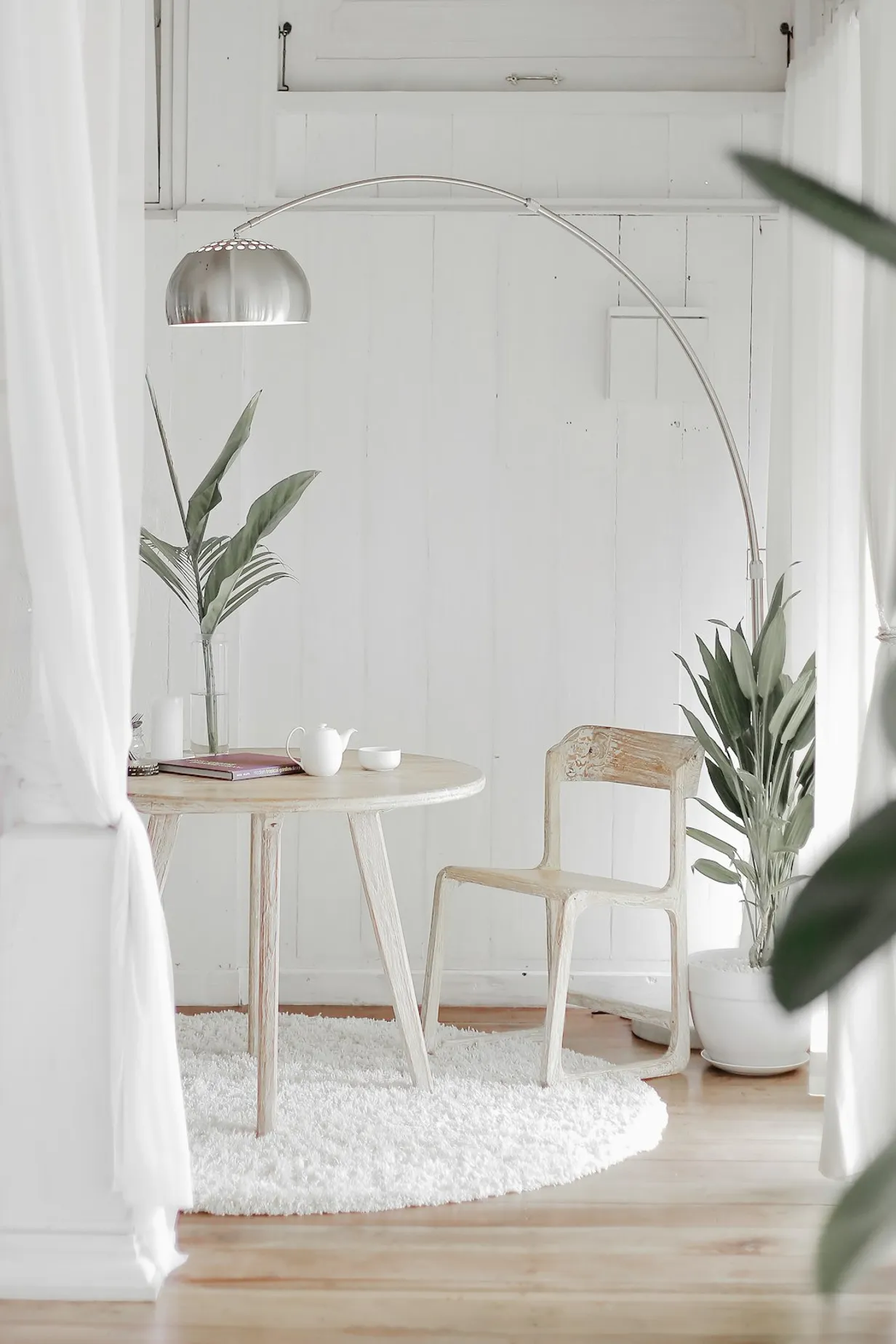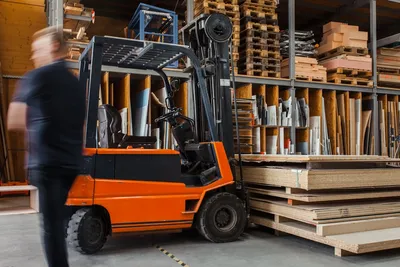The Impact of Latest Global Furniture Trends on Import Strategies

In the fast-changing world of furniture design, staying ahead of the trend is crucial for businesses involved in the import market. As global tastes shift, so too must your import strategies align to meet demand and stay competitive. In this article, we explore the key trends currently shaping the furniture industry and their potential impact on import strategies.
Understanding Global Furniture Trends
The furniture industry is influenced by various ongoing trends, including sustainability, technological integration, multifunctionality, and minimalist design. Let’s delve deeper into these trends to understand their reach and significance.
Sustainable and Eco-Friendly Designs
Consumers are increasingly opting for sustainable furniture options that minimize environmental impact. Importers need to seek out suppliers who emphasize eco-friendly materials and manufacturing processes. Sourcing sustainable furniture can appeal to eco-conscious consumers, improving brand reputation and loyalty.
Technological Integration in Furniture
The advent of smart homes has pushed the integration of technology into furniture design. From built-in wireless charging spots to smart sofas controlled via mobile apps, technology-driven furniture is in demand. Importers must stay abreast of these innovations to cater to tech-savvy customers.
Multifunctional Furniture
With urban living spaces becoming smaller, multifunctional furniture that offers versatility is gaining traction. Importers should look for pieces that can serve multiple purposes, such as sofas that double as beds or tables with hidden storage compartments.
Minimalist and Compact Designs
Alongside multifunctionality, minimalist designs are favored for their simplicity and elegance. Furniture that combines aesthetic appeal with space efficiency is particularly popular in metropolitan areas. Importers should scout for sleek and space-saving designs to meet this growing market segment.
Adjusting Import Strategies to Trends
Understanding these trends is just the first step. Next, we discuss how importers can adjust their strategies to leverage these trends.
Supplier Partnerships
Building strong relationships with suppliers who are innovative and trend-aware is crucial. Regularly communicating with suppliers and attending international furniture fairs can help importers stay ahead of new trends and emerging designs.
Market Research and Analysis
Conducting thorough market research to understand consumer preferences in different regions is important. Importers should stay informed about local and global market shifts to anticipate demand and adjust their importation portfolio accordingly.
Logistical Considerations
As new trends emerge, logistical challenges might arise. Importers need to ensure that their logistics partners can handle the nuances of shipping new types of furniture, particularly those with advanced technology or eco-friendly manufacturing requirements.
Regulatory Compliance
Each furniture trend may come with its own set of regulatory requirements. Importers must stay updated on international trade regulations to ensure compliance, especially concerning sustainable materials and electronic components in smart furniture.
Conclusion
Staying attuned to the latest global furniture trends can significantly enhance your import strategies. By prioritizing sustainability, technological advancements, multifunctionality, and minimalist designs, importers can better meet consumer demand and maintain a competitive edge in the market.
Popular Warehouse Design Articles
Discover our most popular articles on warehouse interior design, providing top insights and solutions.

Maximizing Space: Smart Warehouse Layout Strategies

Strategies for Effective Warehouse Zoning

The Influence of Asian Minimalism on Warehouse Interior Design
